A Puzzle Feeder™ is a tool to feed your dog, but also an engaging way to spice up their meal times! This slow feeder dog bowl curbs rapid eating habits and mentally stimulates your dog.
Looking to introduce your dog to their new Puzzle Feeder™? Follow this step-by-step guide!

Why Use a Puzzle Feeder?
Puzzle feeders are designed to challenge a dog's mind by making them solve problems to access their food. This stimulates their brain, reduces boredom, and can help alleviate behavioral issues like excessive chewing or barking.
Moreover, puzzle feeders slow down the eating process, which is healthier for your dog’s digestion and can prevent issues like bloating and regurgitation.
Choosing the Right Puzzle Feeder
Before you start, selecting the right puzzle feeder is crucial:
- Size and Complexity: Choose a feeder that matches your dog's size and problem-solving skills. Beginners should start with simpler models.
- Safety and Durability: Ensure the feeder is made from non-toxic, sturdy materials that can withstand heavy chewing.
- Type of Food: Some feeders work better with dry kibble, while others are suited for wet food or treats. Choose one that fits your feeding habits.
Step 1: Introducing the Puzzle Feeder
Introduce the puzzle feeder without any food in it. Allow your dog to sniff and paw it so they can get used to the new object without any distractions. Encourage interaction with positive reinforcement such as praise and petting.
Step 2: Demonstrate the Feeder
Dogs learn a lot by observation. Show your dog how the feeder works by using simple actions to release the food. You can use treats for this demonstration to catch their interest. Make sure to perform this step a few times to let the process sink in.

Step 3: Encourage Interaction
Now that your dog has seen how it works, add a small amount of their regular food or some high-value treats to the feeder. Encourage them to interact with it. It’s important to stay patient and positive, offering encouragement and praise as they attempt to solve the puzzle.
Step 4: Supervise and Assist
As your dog interacts with the feeder, keep a close watch to ensure they do not get frustrated or overwhelmed. If they struggle, give them slight hints or help them make a little progress. This can keep their interest high and prevent any negative associations with the feeder.
Step 5: Gradual Complexity Increase
Once your dog gets the hang of the basic functionality, gradually introduce more complex puzzle feeders. This progression will continue to challenge their cognitive abilities and keep mealtime exciting.

Tips for Successful Training
- Consistency is Key: Regular sessions will help your dog learn faster. Try to incorporate the puzzle feeder into routine feeding times.
- Mix Up the Rewards: Using different types of food or treats can keep the puzzle feeder interesting for your dog.
- Monitor for Wear and Tear: Regularly inspect the puzzle feeder for any damage that might pose a safety risk.
Teaching your dog to use a puzzle feeder can greatly enrich their daily routine, providing mental stimulation and promoting slower eating habits. By following these steps, you can ensure that your dog not only learns how to use the feeder effectively but also enjoys the process.
Puzzle feeders offer a win-win situation– your dog is healthier and happier, and feeding is made easy for you! Check out our wide selection of bowls, mats, and toys today.


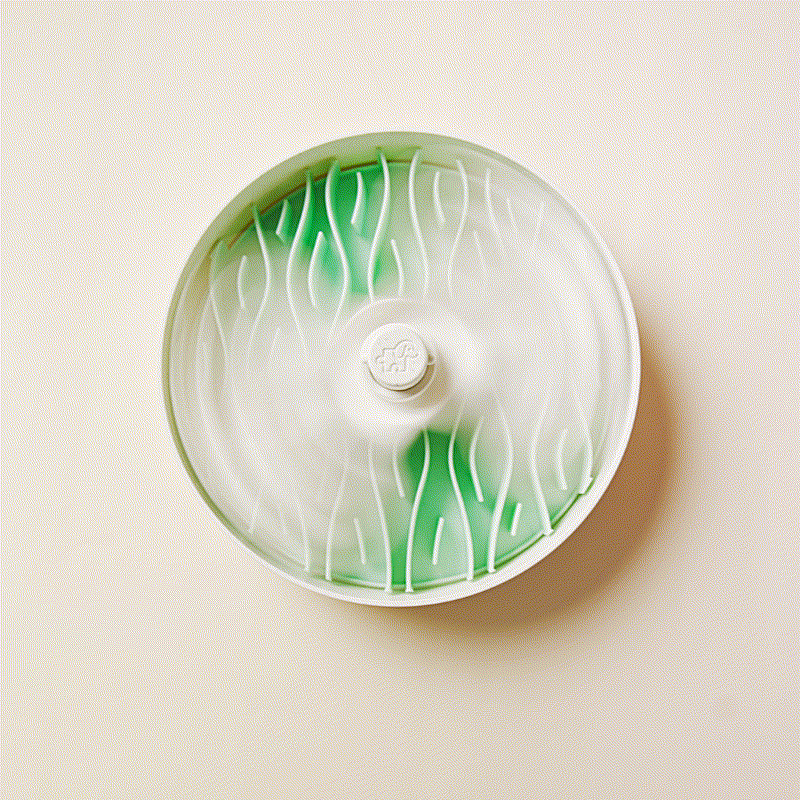
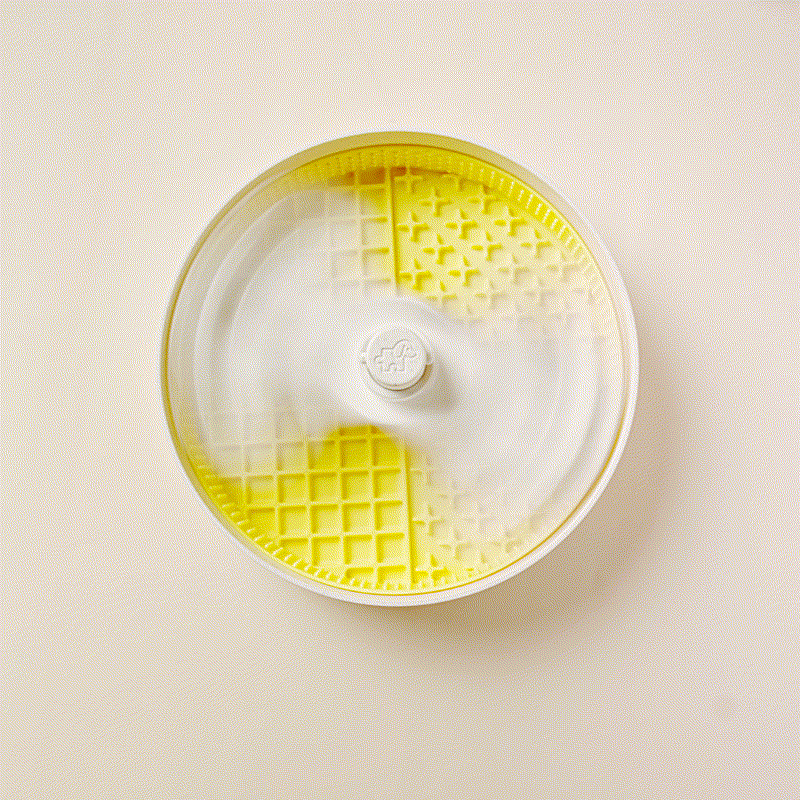
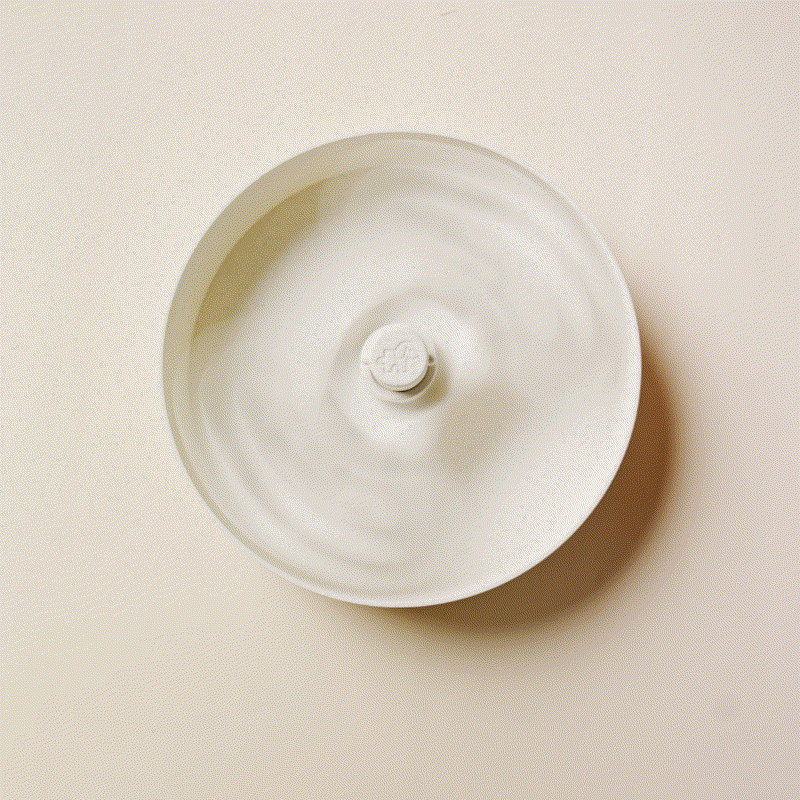
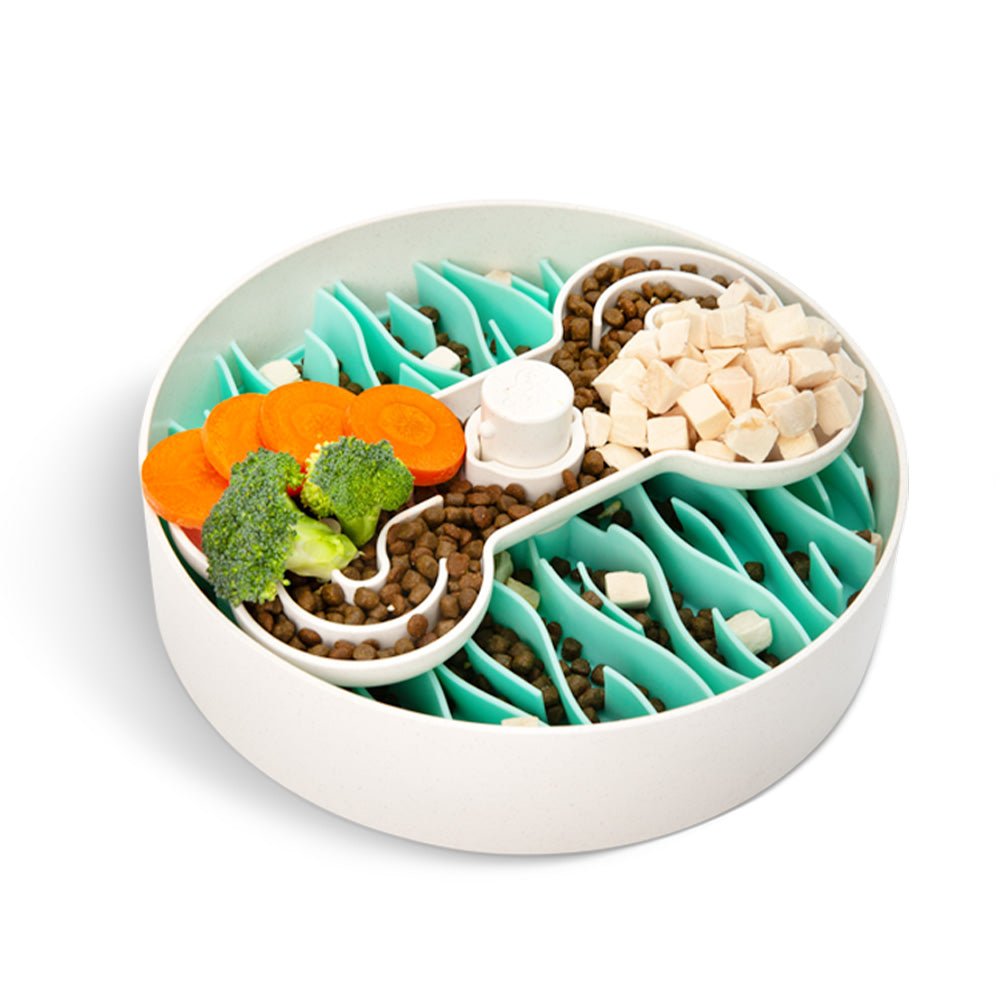
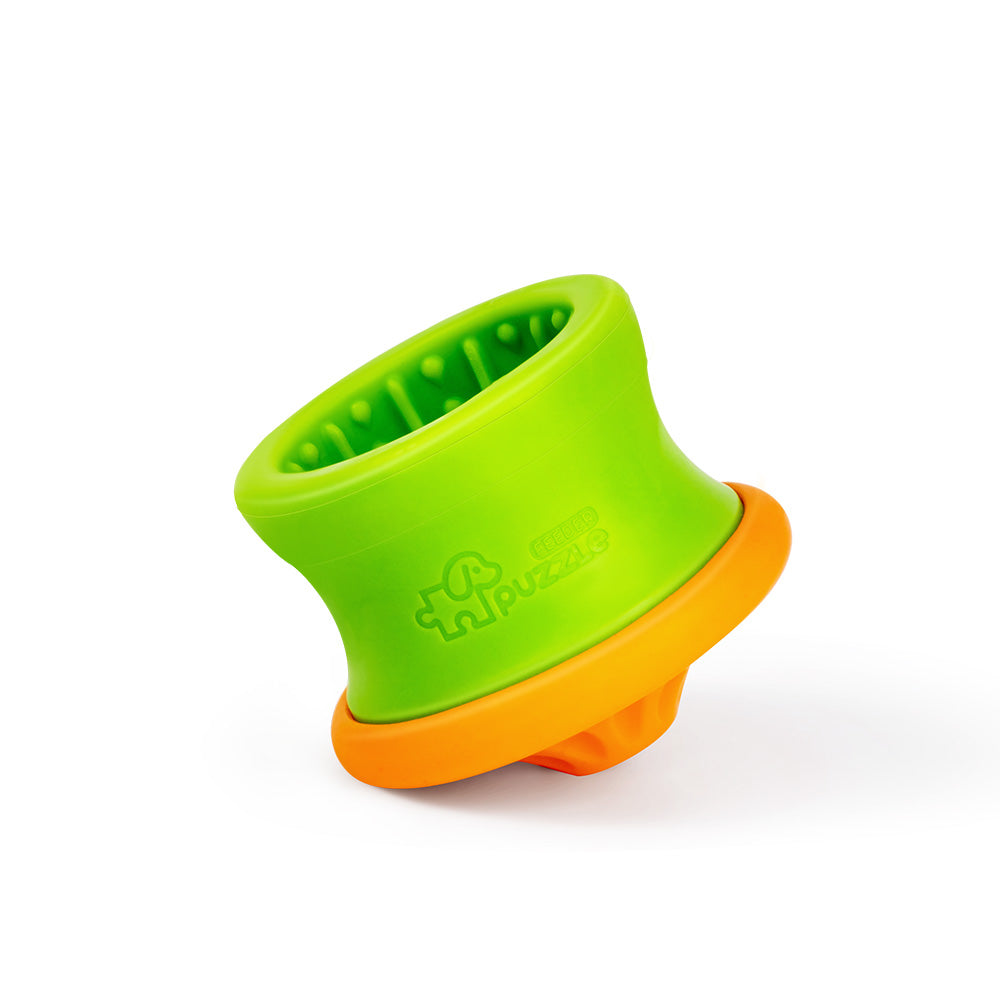
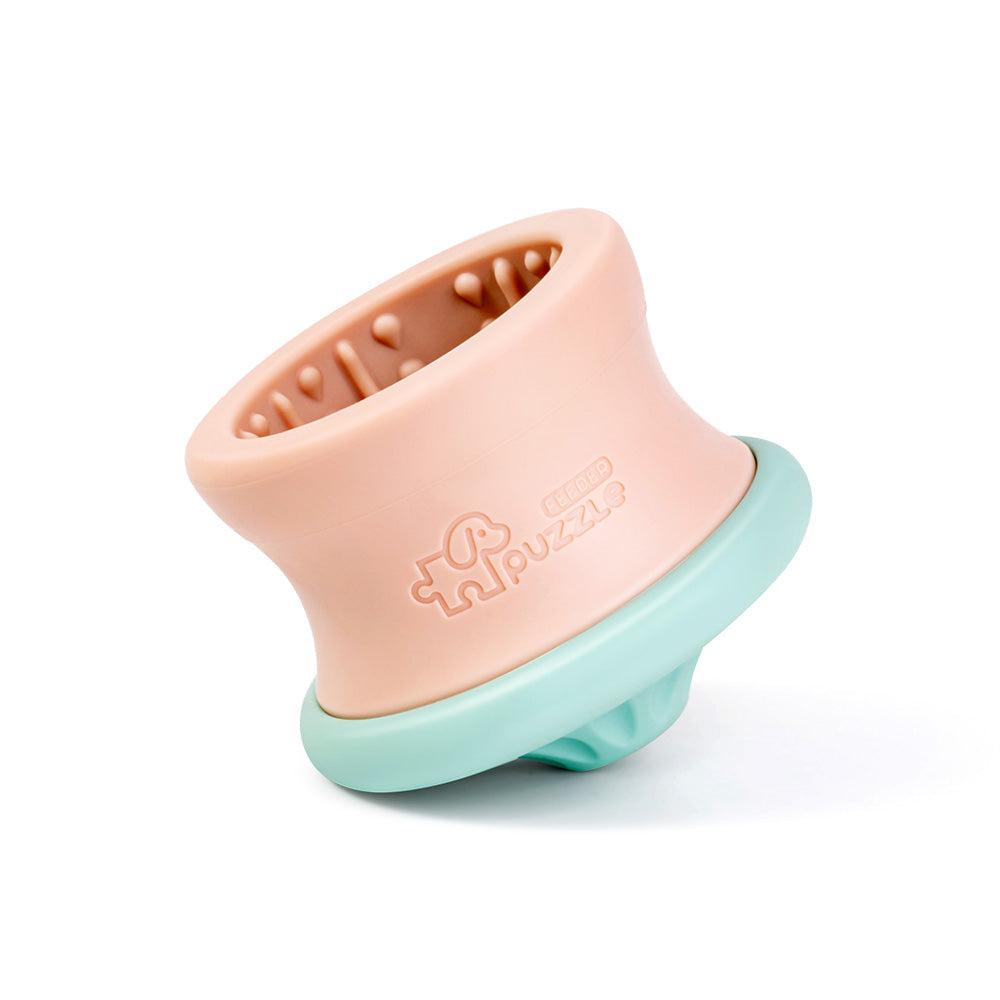
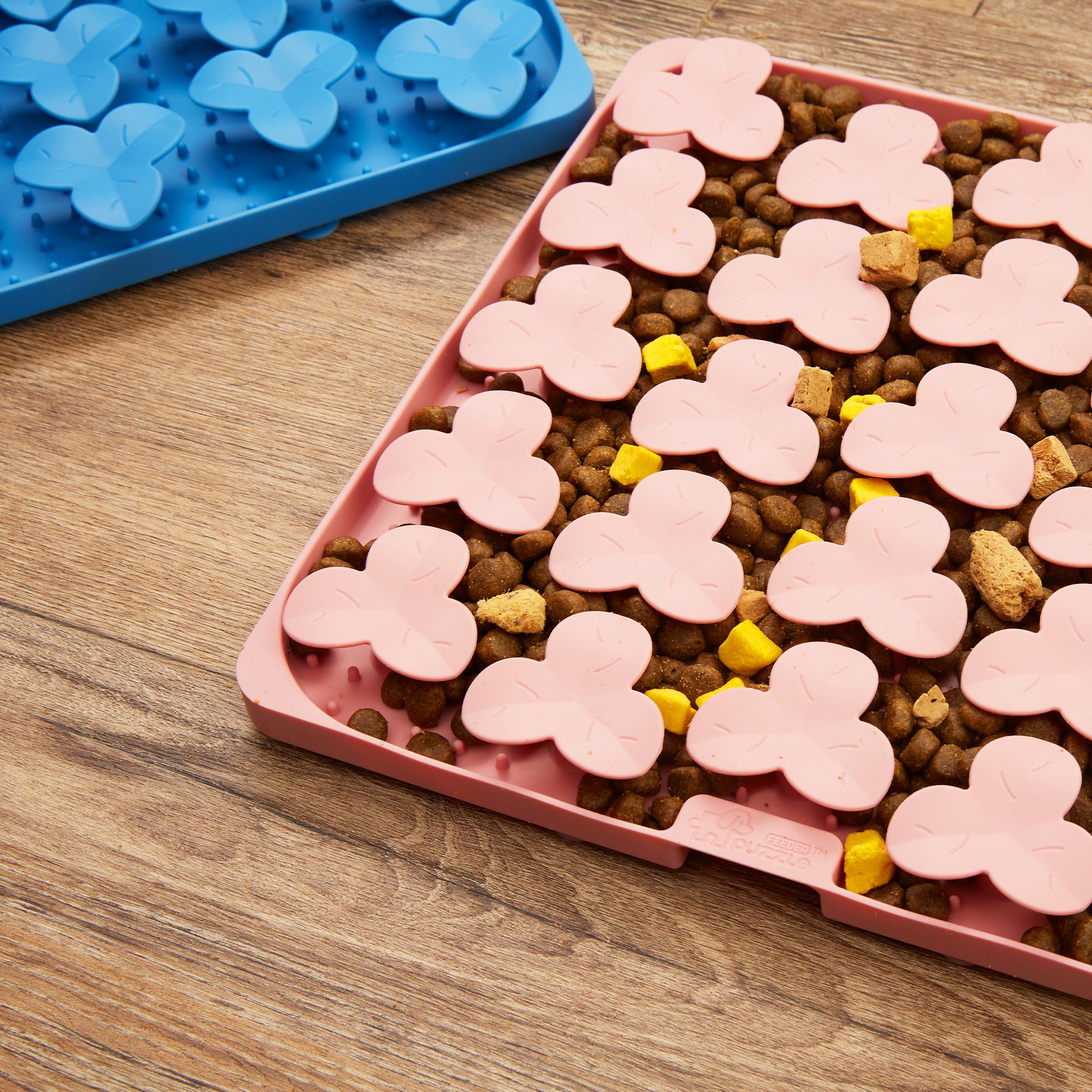
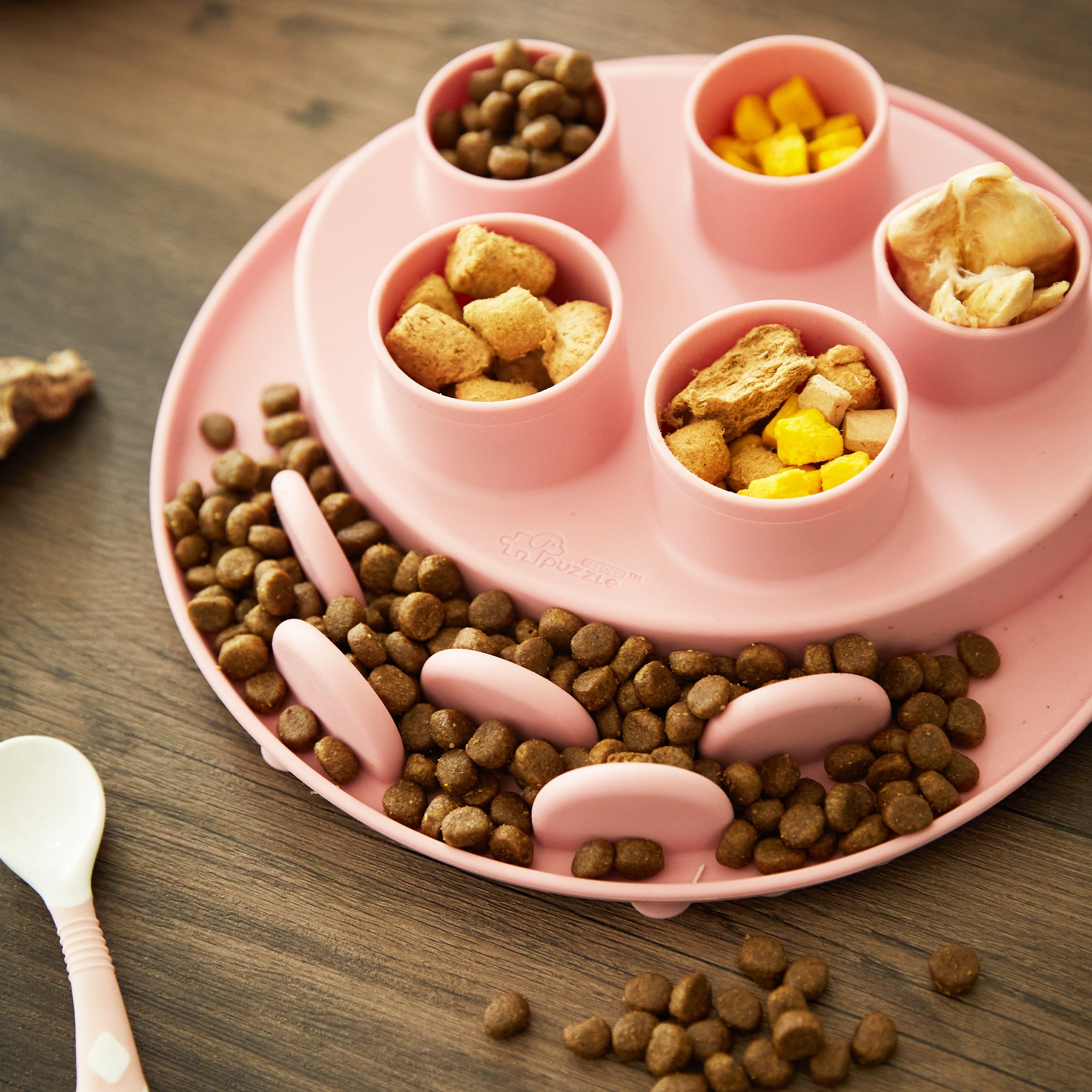
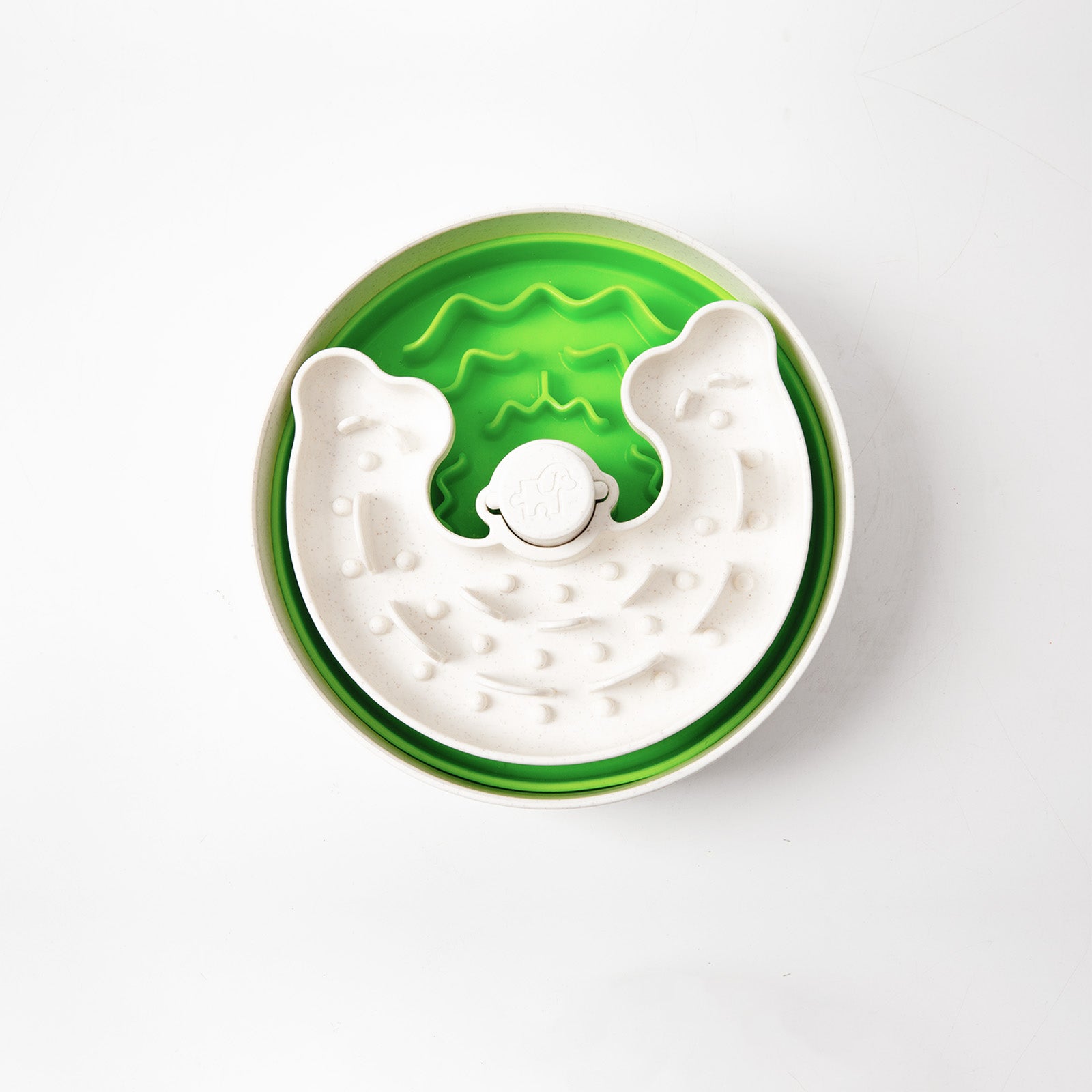
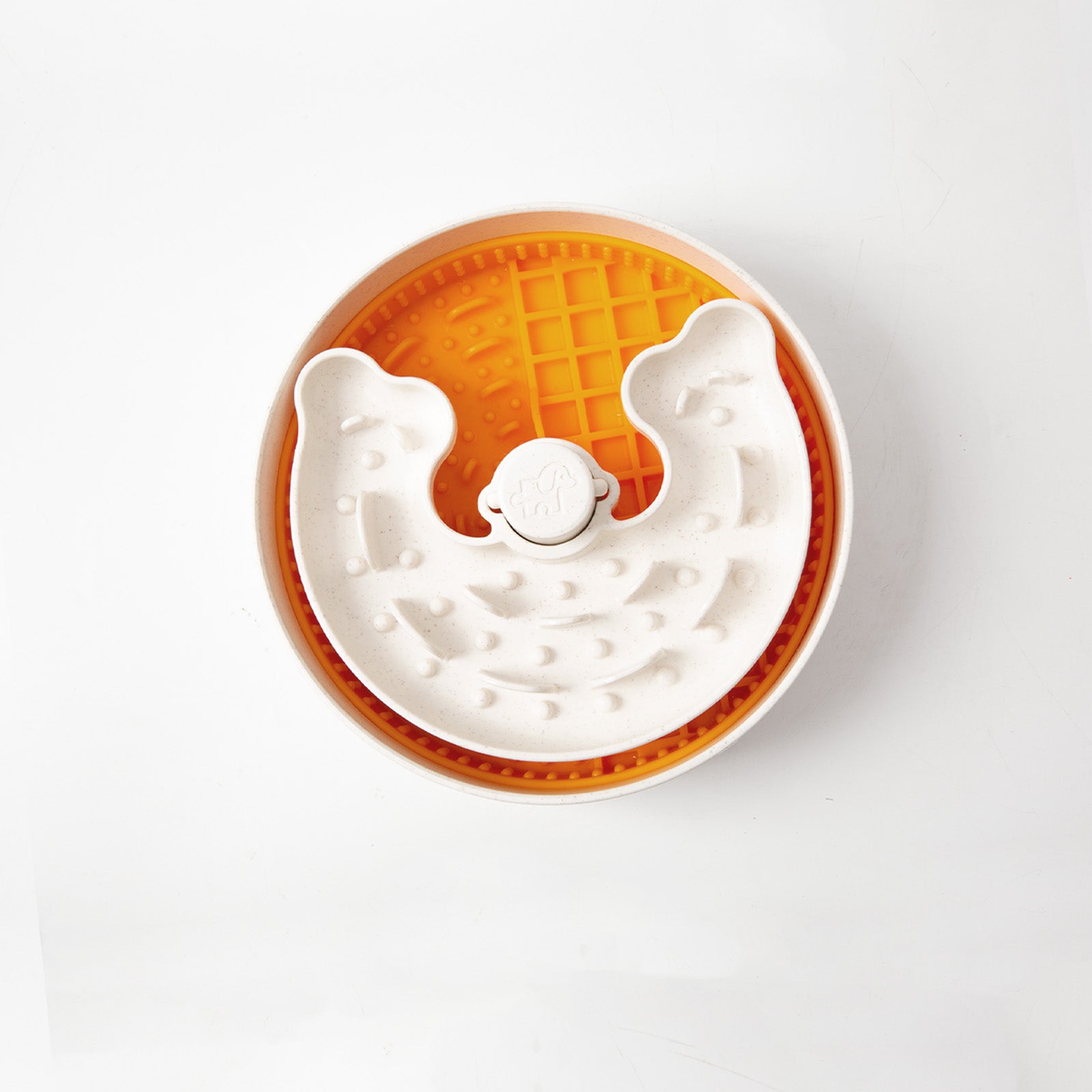
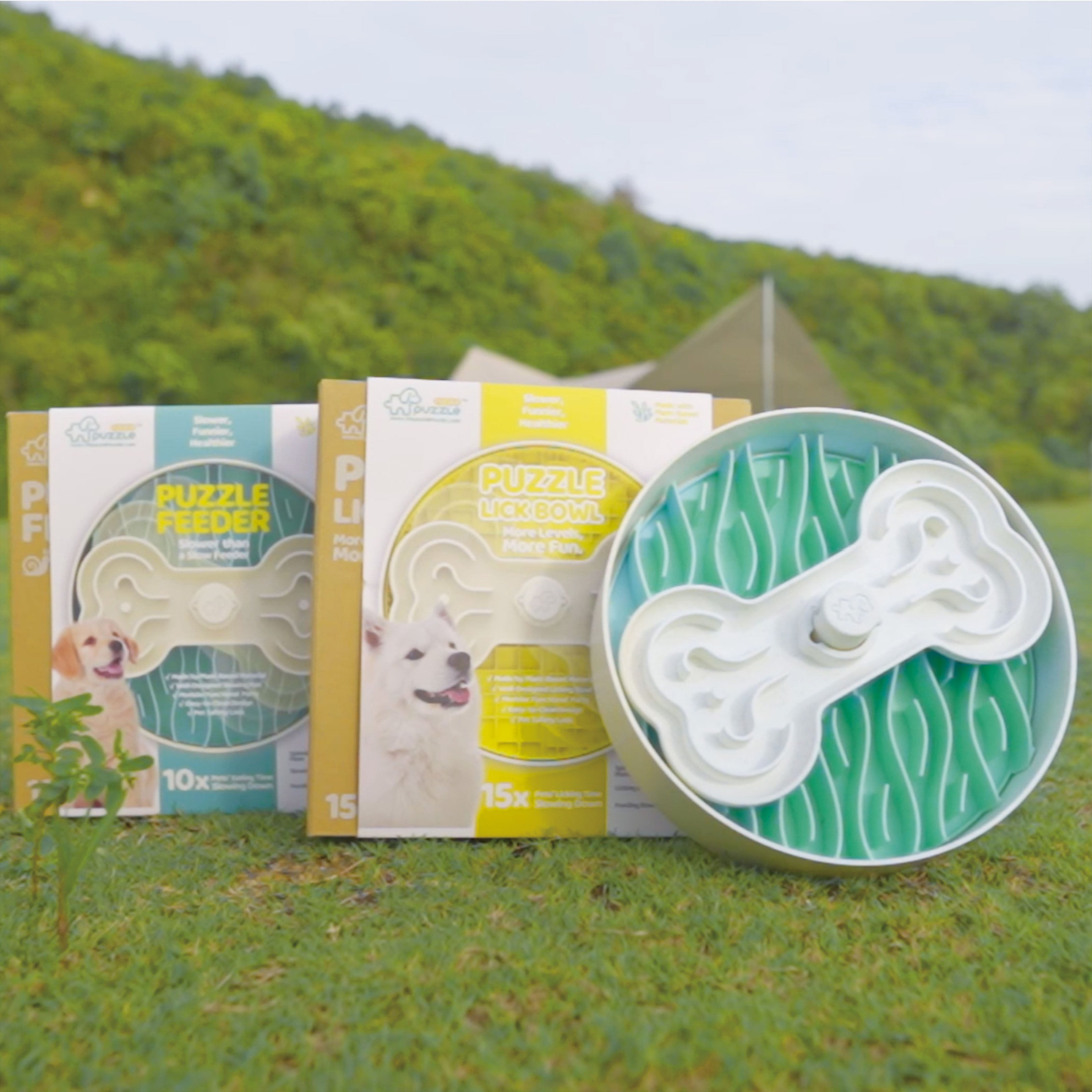
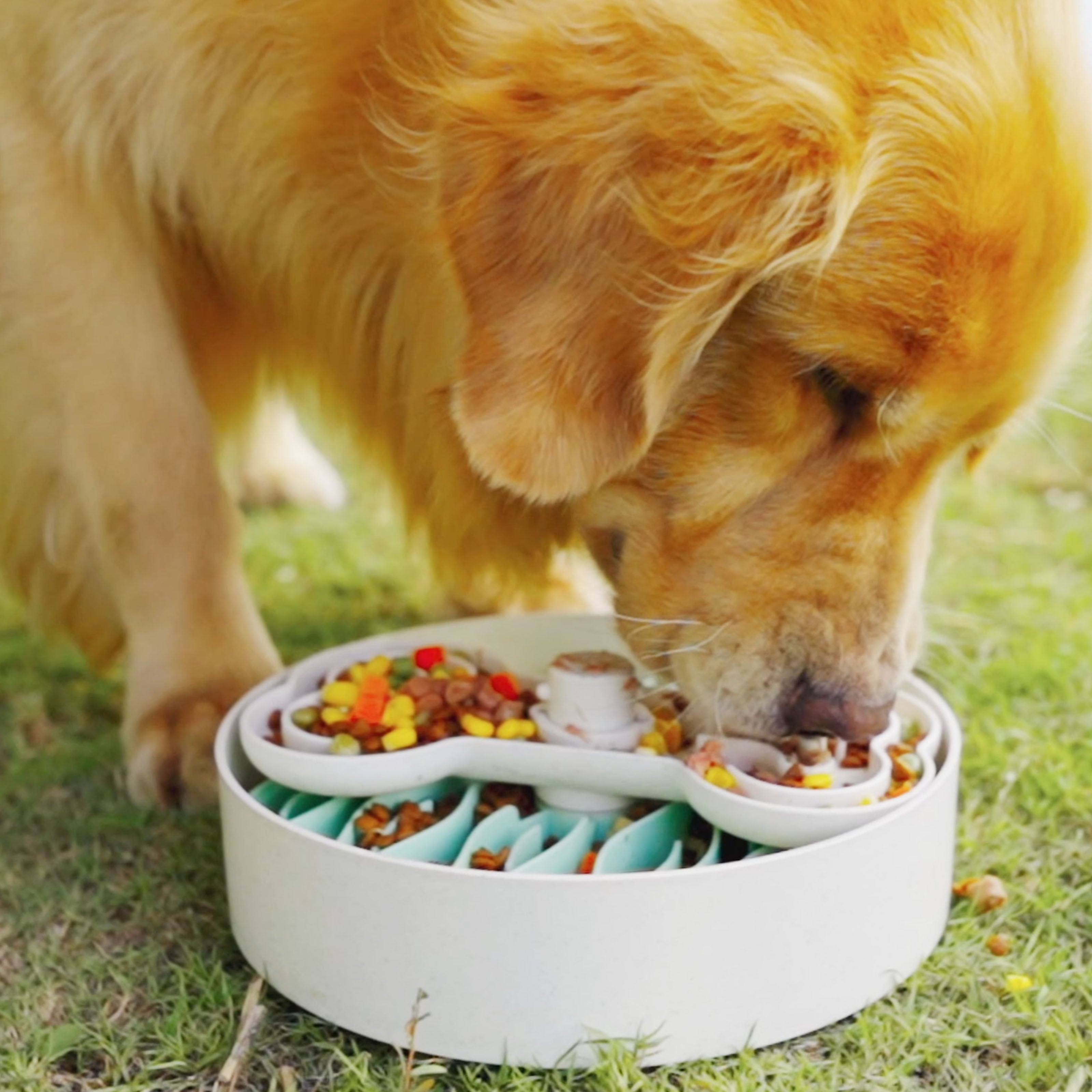

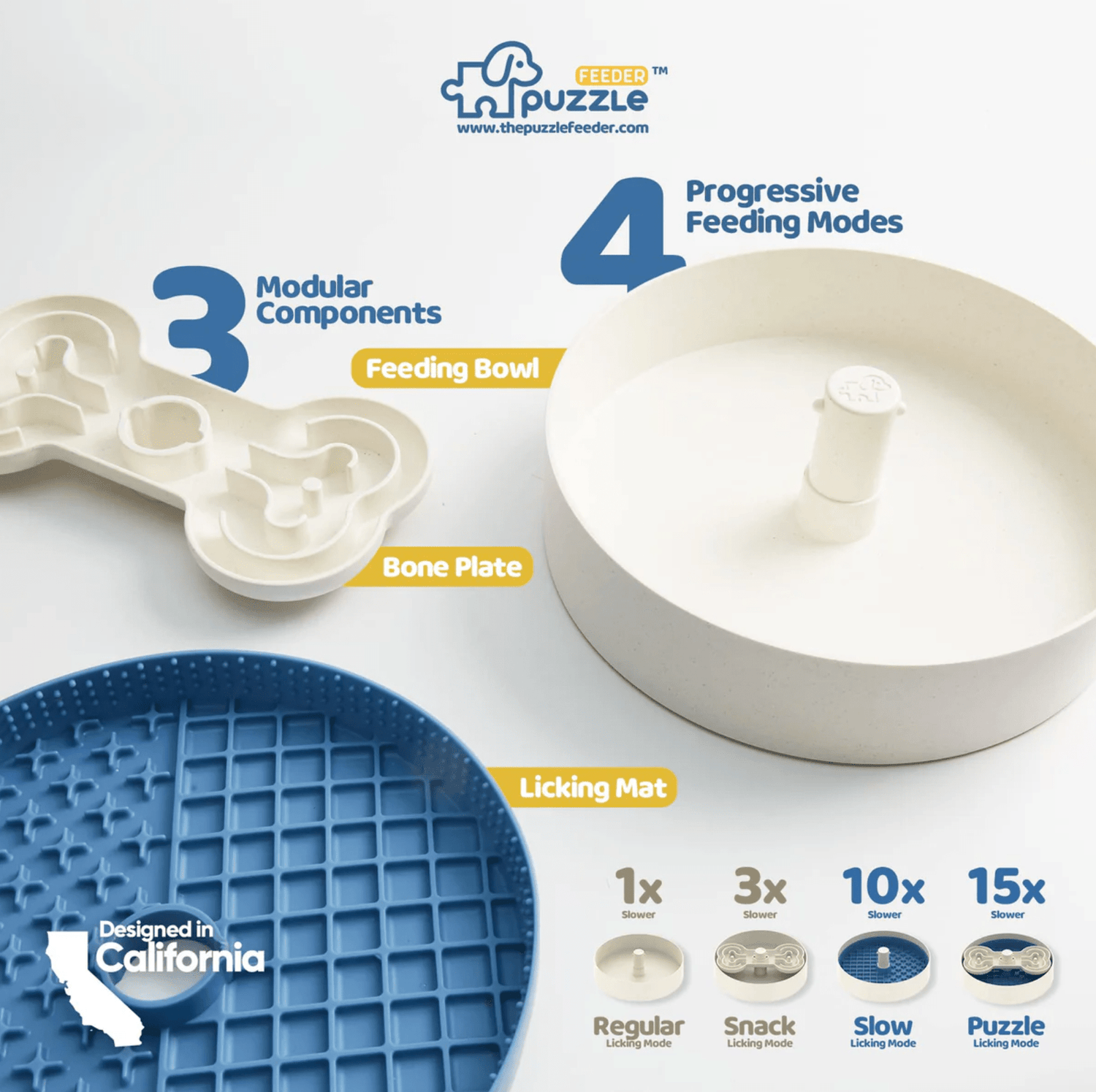
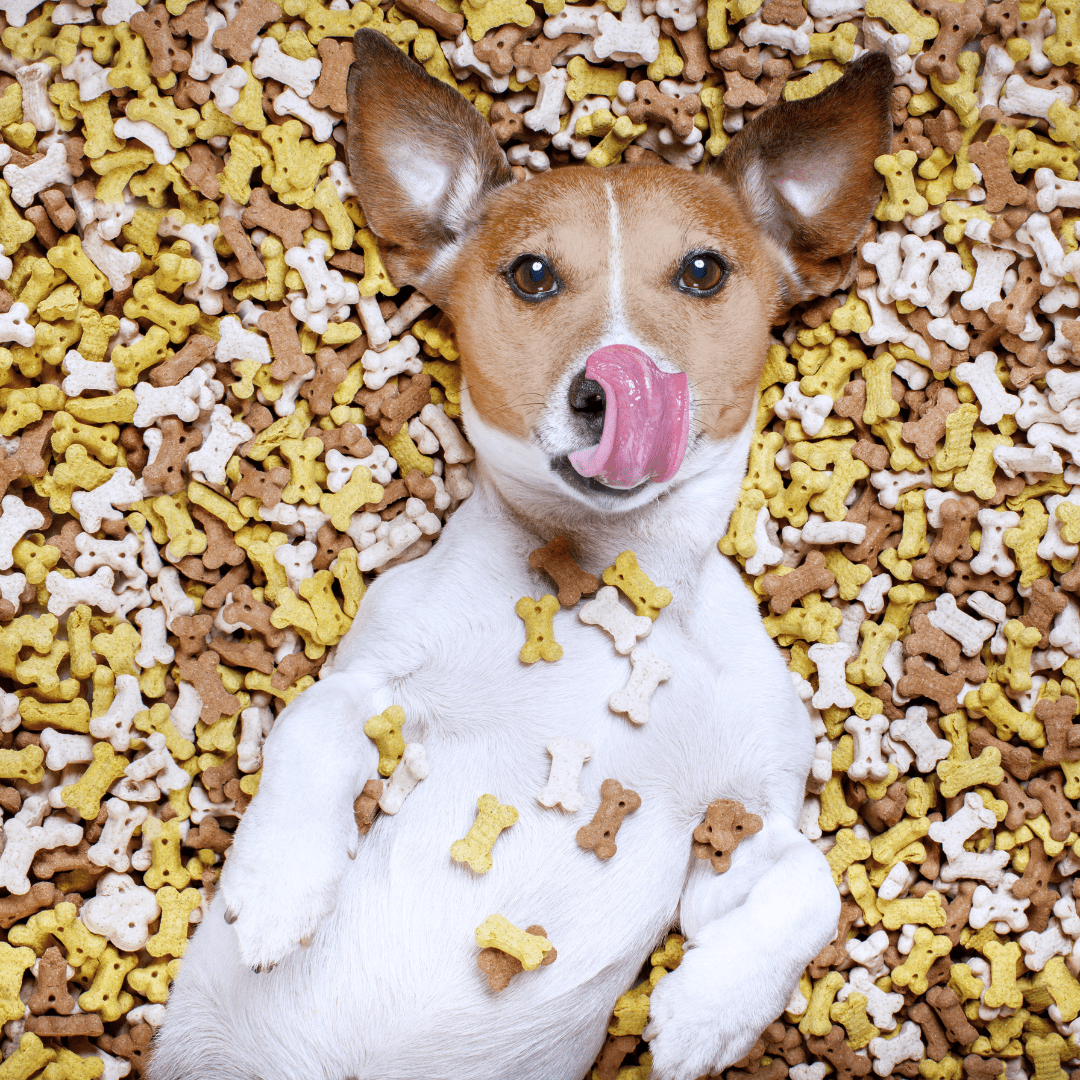
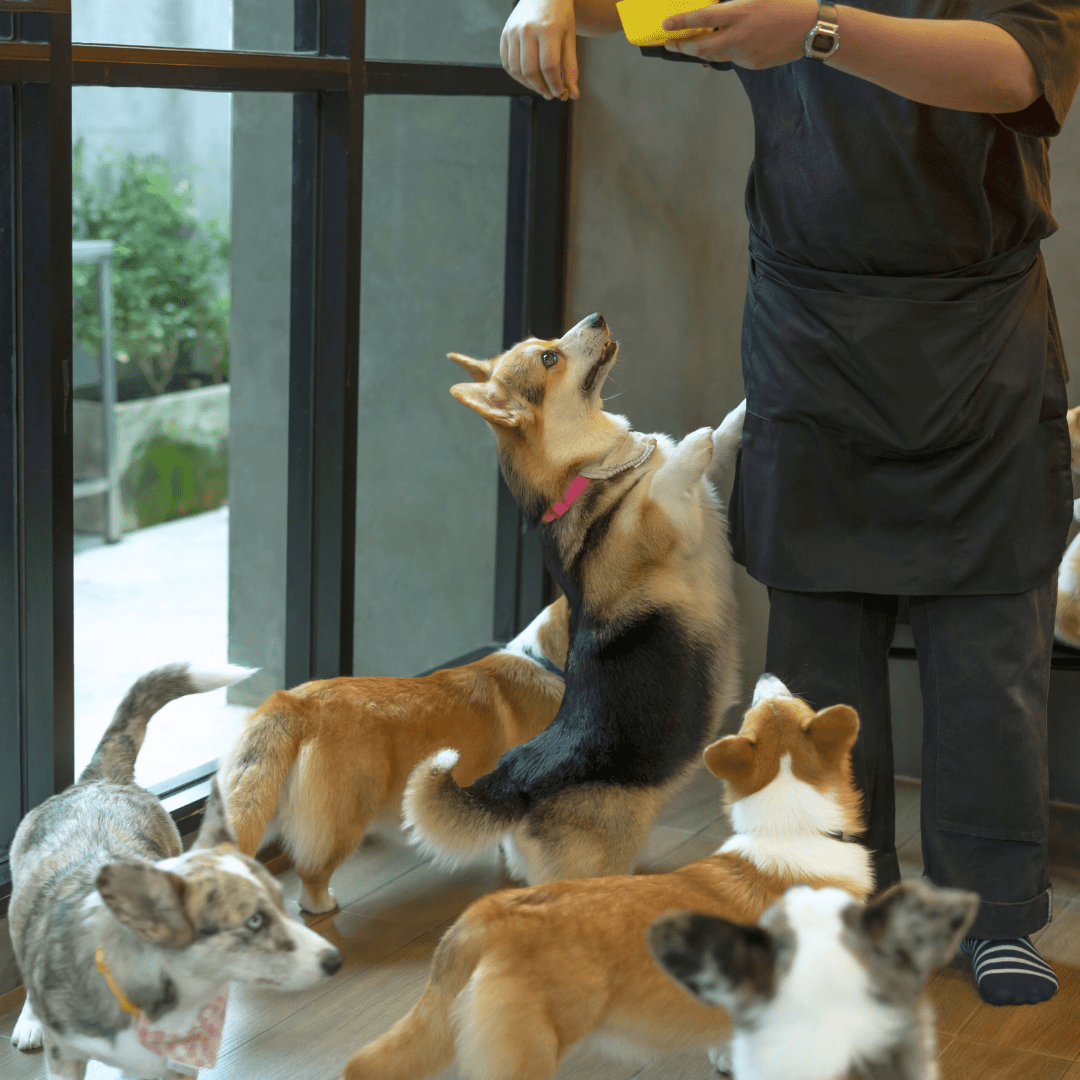
Leave a comment
All comments are moderated before being published.
Este site está protegido pela Política de privacidade da hCaptcha e da hCaptcha e aplicam-se os Termos de serviço das mesmas.